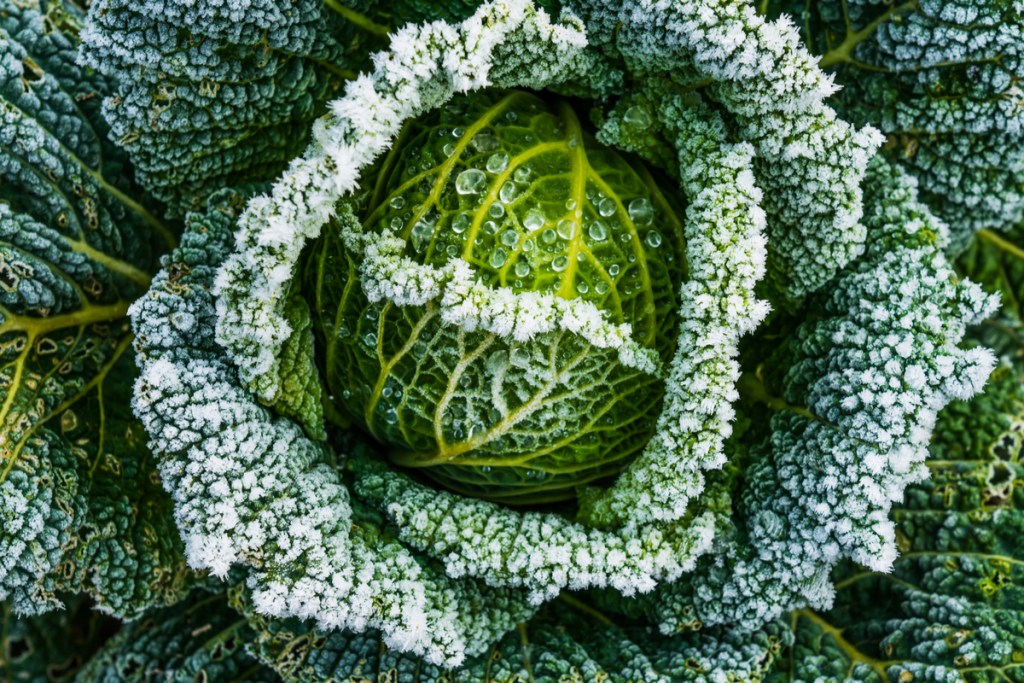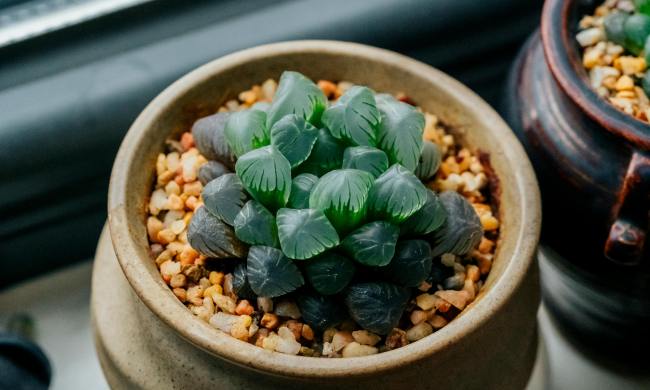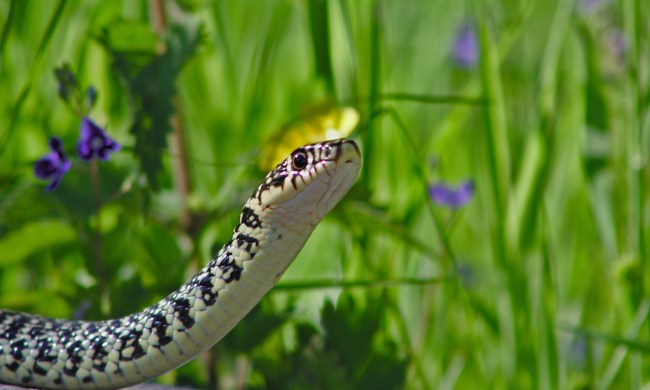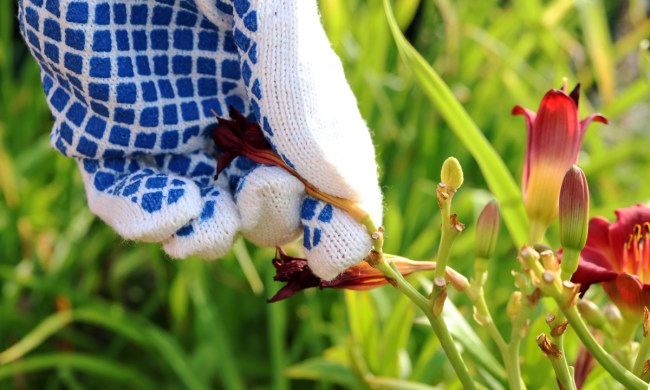
Winter is a slow time in the garden. Most gardeners, plants, and pests slow down or go dormant through the cold. It is the time of rest and rejuvenation. But some pests continue to do their dirty work while no one is watching. Don’t let bugs and other destructive wildlife damage what you’ve worked hard to cultivate through the year. Read on to learn about these winter pests and take action this fall to prevent problems.
Winter garden pests
Some critters are content to go to sleep for a few months. But these garden pests stay active through the cold.
Leaf eaters
Leaf-damaging pests like aphids, slugs, and caterpillars take advantage of every warm spell to eat garden greens of all kinds. Soil-dwelling slugs come up to feed and return to shelter in the mulch layer or beneath rocks and garden debris. Winter-feeding aphids simply hang out on the undersides of leaves, hoping to avoid notice. Populations can swell tremendously during mild weather. Not only do these leaf eaters damage the foliage by chewing holes in cool weather veggies and other plants, but they also transmit plant diseases.
Voles and moles
These two small, tunneling, mouse-like mammals are common pests in the winter landscape. Voles are herbivores that strip bark from roots and trunks of plants, sometimes causing severe damage or death to the plant. Moles feast on grubs, worms, and insects, but cause extensive collateral damage by dislodging vegetation. Both animals create extensive, unsightly tunnel networks over large areas of the yard and garden. Neither moles nor voles hibernate in winter.
Other wildlife
When natural foods are otherwise scarce, all kinds of wildlife are attracted to residential landscapes. Rodents, rabbits, and deer browse tender woody stems and bark, exposing trees and shrubs to possible disease or insect infestations. If you grow winter vegetables or cool season annuals, these plants offer excellent wildlife food and cover as well.

Winter garden pest prevention
Putting the garden to bed properly at the end of the summer or fall gardening season plays a key role in preventing winter pests.
Maintenance
One of the best ways to prevent insect and disease infestations in the future is by disrupting their life cycles. Focus fall garden cleanup tasks on eliminating overwintering sites for garden pests. Collect and compost the remains of old annual flowers and veggie crops, fallen fruits, and other debris. Any weeds that have sprouted should be removed and disposed of as well. If your fruit trees have “mummies” that did not fully develop or that went bad before harvest, pick those too. Rototill garden beds to expose developing grubs to predators and cold temperatures.
Composting is an excellent way to dispose of debris that could host problematic insects, plant diseases, and weeds. Start a new compost pile this fall and keep it up throughout the cool months. The heat it generates kills the bad stuff as beneficial microbes convert the debris into a healthy soil amendment.
Preventative sprays
Garden pests like scale, mealybugs, and aphids can overwinter in tiny cracks and crevices of tree bark. Treat susceptible trees and shrubs after leaf drop and before the buds open next spring with one or more applications of horticultural oil. This dormant treatment kills overwintering adults, insects, and eggs of many different insect pests, including those that feed on leaves as well as borers.
Barriers
Pest barriers help prevent damage to tree trunks by browsing mammals. For deer, fencing the garden is the most effective alternative, but may be cost prohibitive. You can minimize deer browse on individual trees by wrapping the crown with chicken wire to a height of seven feet or so. To protect young trees from vole, rabbit, and rodent damage, wrap the trunks with homemade or commercially available trunk wraps about the time the leaves change color in fall. Protection should extend from ground level up to the first branch.
On the other hand, if you use pest barriers like row covers or fruit cages to protect your plants from insects during the growing season, remove them in the fall. Winter is a perfect time to allow birds and other predators access to the smorgasbord of tasty prey. Monitor these areas throughout the winter, and re-cover them in the spring.
Birds
Birds offer excellent pest-reducing services by gobbling up grubs, caterpillars, and other leaf eaters. And they’re always searching for their next meal. In winter, bluebirds, cardinals, chickadees, wrens, woodpeckers, and other resident species will gladly forage in your garden. Install nesting boxes, provide a water source, and keep a feeder in the garden to maintain steady interest. Periodically turn over sections of the garden or stir up the mulch and leaf litter to focus their attention.
How to eradicate winter garden pests
Make it a point to take a detailed look through the garden every week or so. Sometimes winter garden pests sneak in despite your best prevention efforts. Remove insect pests by hand, or use an appropriate insecticide for the target pest. Be sure to read, understand, and follow the manufacturer’s instructions based on weather conditions. Use repellents or traps to eliminate mammalian pests.
Preventing and eliminating winter garden pests starts with good garden sanitation. Removing or blocking the resources these animals need during cold weather causes them to go elsewhere and helps to keep your garden looking great. Learn more about the common winter pests in your area and how best to prevent them by connecting with your local Cooperative Extension Service.



